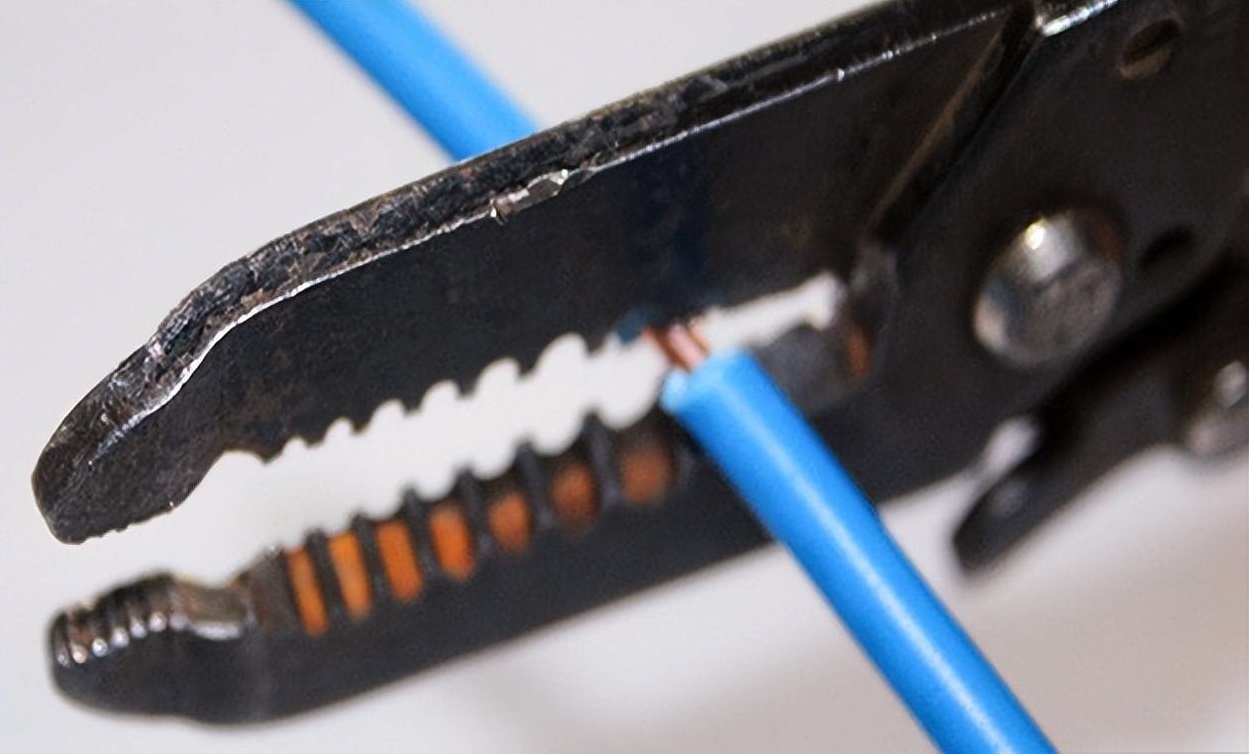Cable protective sheets are used to protect power cables, optical communication cables, and other exposed cables. They are typically made of high-strength composite materials, such as PVC, fiberglass, or high-density polyethylene (HDPE). They offer excellent pressure resistance, corrosion resistance, and insulation properties, effectively protecting cables from external damage and extending their service life.

Main Uses of Cable Protective Sheets:
Preventing External Damage
During construction, excavators, drilling equipment, and other construction machinery can accidentally damage exposed cables, causing power or communication failures. Installing cable protective sheets creates a solid barrier on the cable surface, reducing the risk of damage during construction.
Improving Safety
Damage to cables can cause safety hazards such as electric shock and fire. Protective sheets offer excellent insulation and high-temperature resistance, reducing the risk of accidents and ensuring the safety of power facilities and personnel.
Enhancing Cable Durability
Cables exposed to moisture, corrosive soil, or chemicals for extended periods of time are susceptible to aging and damage. Corrosion-resistant cable protective sheets effectively shield cables from external factors and extend their service life.
Easy Maintenance and Inspection
Protective panels are typically marked with clear warning signs, allowing construction workers to clearly identify the location of underground cables during excavation, preventing accidental damage and facilitating subsequent inspections.
Cable protective panels, as a crucial protective measure for power and communications infrastructure, are widely used in municipal projects, industrial parks, subways, highways, and other locations. Proper use of cable protective panels not only reduces cable damage and improves power supply safety, but also reduces maintenance costs, providing reliable protection for modern urban construction.
Post time: 2025-09-15




